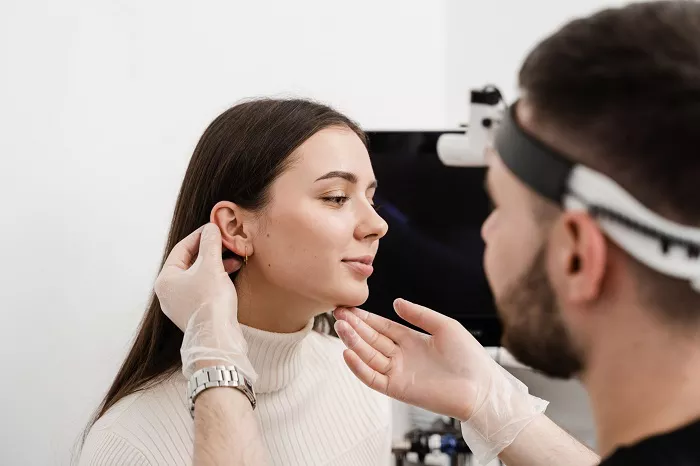Otoplasty is a surgical procedure designed to reshape, reposition, or resize the ears. Commonly referred to as ear pinning, this cosmetic surgery addresses protruding ears, congenital deformities, or ear injuries. By modifying the cartilage and skin, otoplasty aims to create a more natural and balanced appearance, enhancing facial harmony and boosting self-confidence.
What Is Otoplasty?
Otoplasty involves altering the external ear’s structure to achieve a desired shape or position. While it doesn’t affect hearing, the procedure can correct various issues:
- Protruding Ears: Ears that stick out more than usual.
- Macrotia: Overly large ears.
- Ear Deformities: Conditions like lop ear, shell ear, or constricted ear.
- Injuries: Damage from accidents or trauma.
The surgery is typically performed on both ears to ensure symmetry, even if only one ear is affected. Candidates for otoplasty include children over five years old, teenagers, and adults in good health.
The Otoplasty Procedure
Consultation and Planning
A thorough consultation with a qualified surgeon is essential. During this meeting, the surgeon will:
- Assess the ears’ shape, size, and position.
- Discuss the patient’s goals and expectations.
- Explain the surgical technique and potential outcomes.
Surgical Techniques
Otoplasty is typically performed under local anesthesia with sedation for adults and general anesthesia for children. The procedure lasts about two to three hours. Common techniques include:
- Incision Placement: Made behind the ear to minimize visible scarring.
- Cartilage Reshaping: The surgeon may remove or fold cartilage to achieve the desired contour.
- Suturing: Permanent stitches secure the new ear position.
Recovery Process
Post-surgery, patients can expect:
- Bandaging: Ears are wrapped to support healing and maintain their new shape.
- Discomfort: Mild pain, swelling, and itching are common but manageable with medication.
- Activity Restrictions: Avoid strenuous activities and sleeping on the sides for a few weeks.
- Follow-Up Visits: Regular check-ups ensure proper healing.
Most individuals return to normal activities within one to two weeks, with full recovery in about six weeks.
Benefits of Otoplasty
Otoplasty offers several advantages:
- Enhanced Appearance: Creates a more balanced and proportionate look.
- Improved Self-Esteem: Reduces self-consciousness related to ear appearance.
- Permanent Results: The changes are long-lasting.
- Minimal Scarring: Incisions are discreetly placed.
Risks and Considerations
As with any surgery, otoplasty carries potential risks:
- Infection: Proper aftercare minimizes this risk.
- Scarring: Though rare, some individuals may develop noticeable scars.
- Asymmetry: Slight differences in ear positioning may occur.
- Overcorrection: Ears may appear too close to the head.
Choosing an experienced surgeon and following post-operative instructions can reduce these risks.
Cost of Otoplasty
The cost of otoplasty varies based on factors like surgeon expertise, geographic location, and facility fees. On average, the procedure ranges from $3,000 to $5,000. Insurance may cover the surgery if it’s deemed medically necessary, such as for congenital deformities or reconstructive purposes.
Conclusion
Otoplasty is a safe and effective solution for individuals seeking to improve the appearance of their ears. By addressing concerns like protruding or misshapen ears, the procedure can enhance facial symmetry and boost self-confidence. Consulting with a board-certified plastic surgeon is the first step toward achieving desired results.


